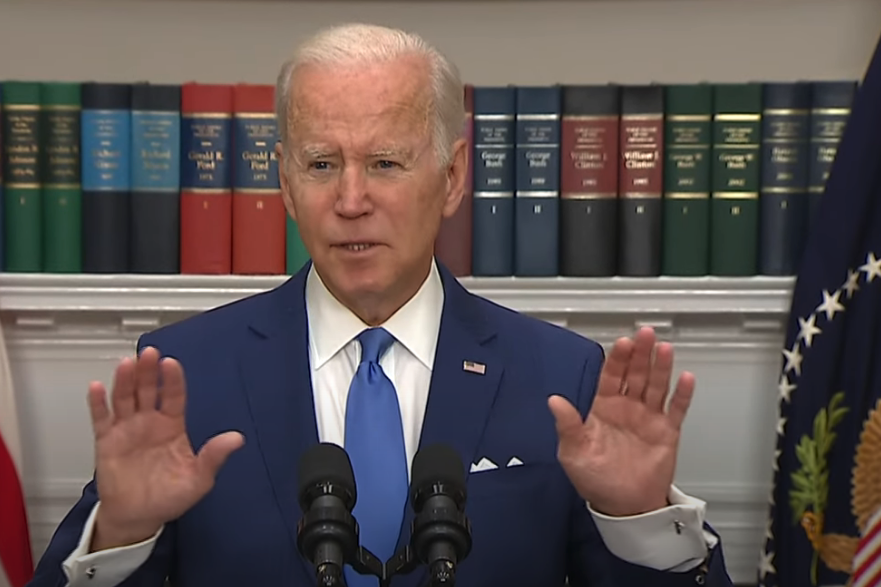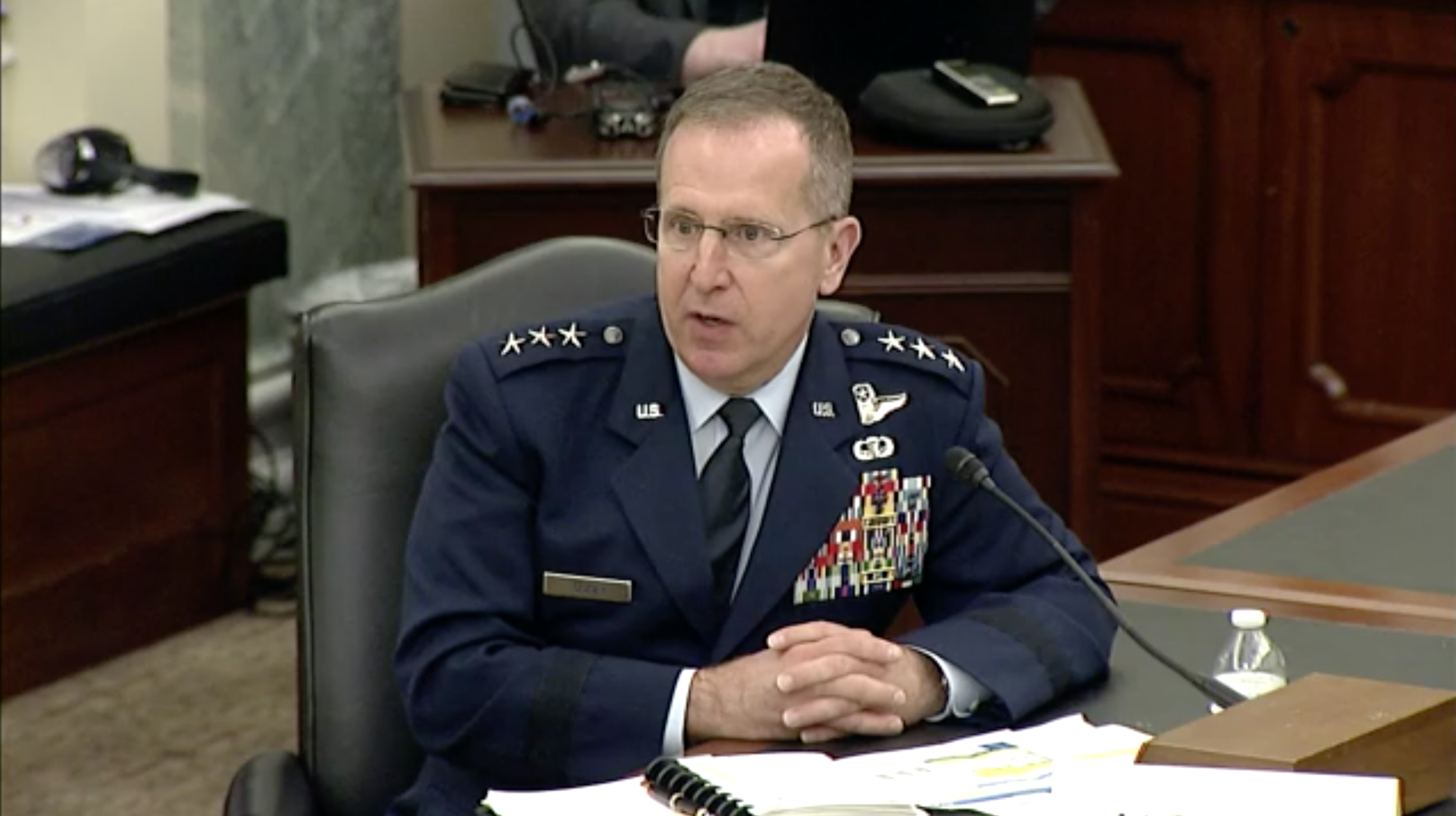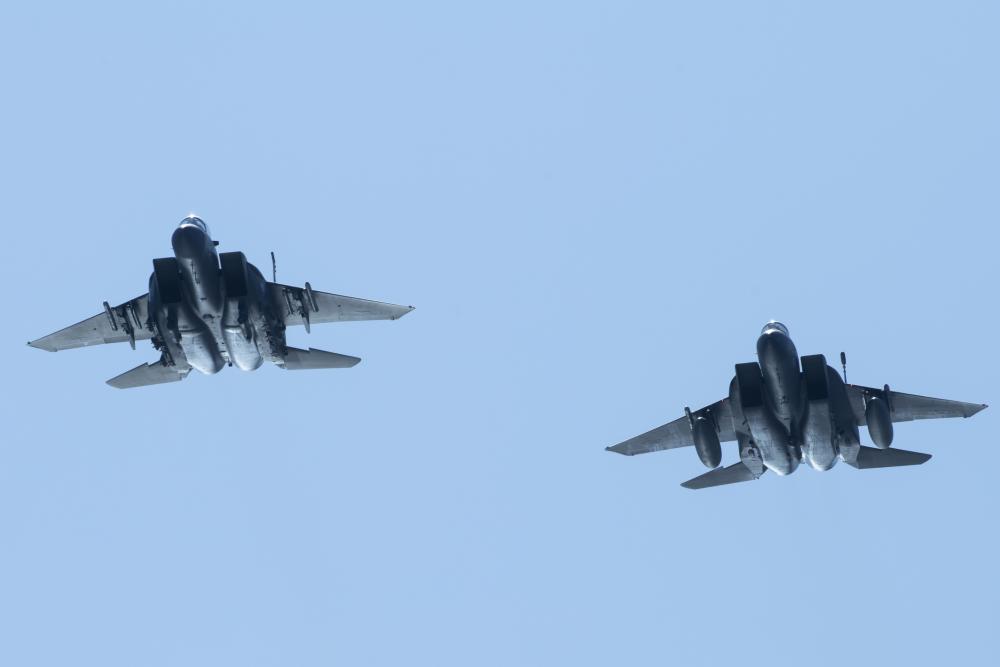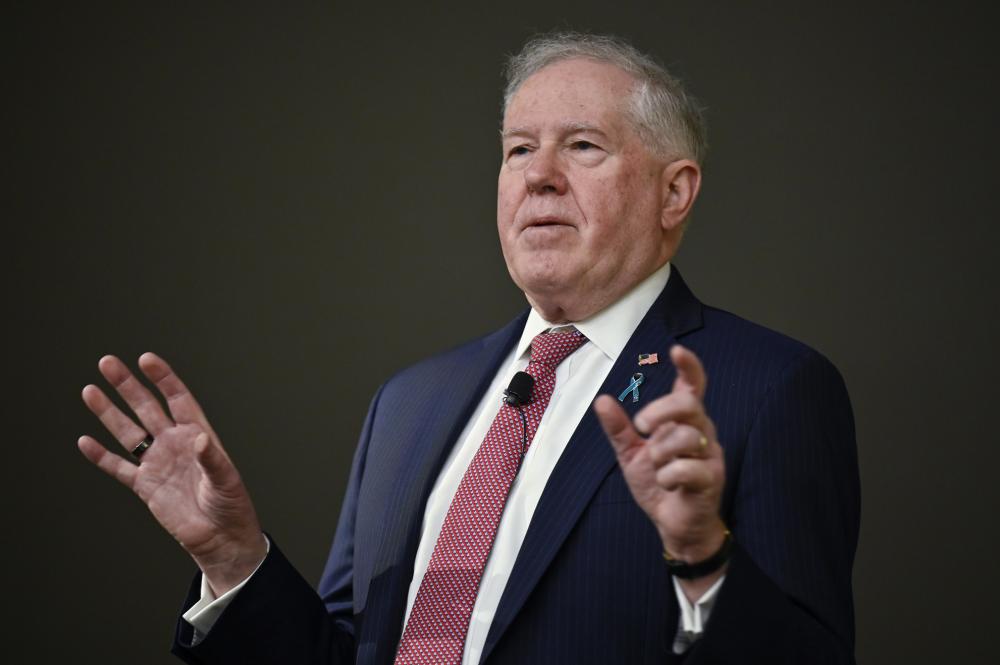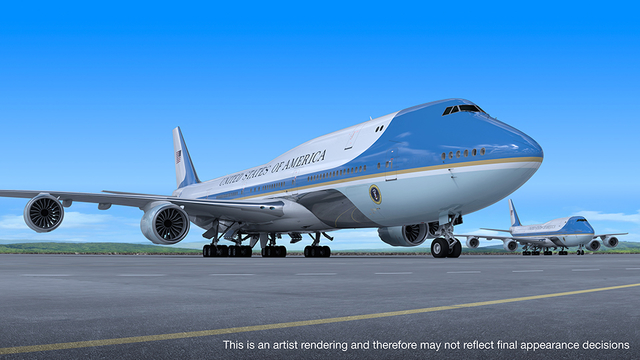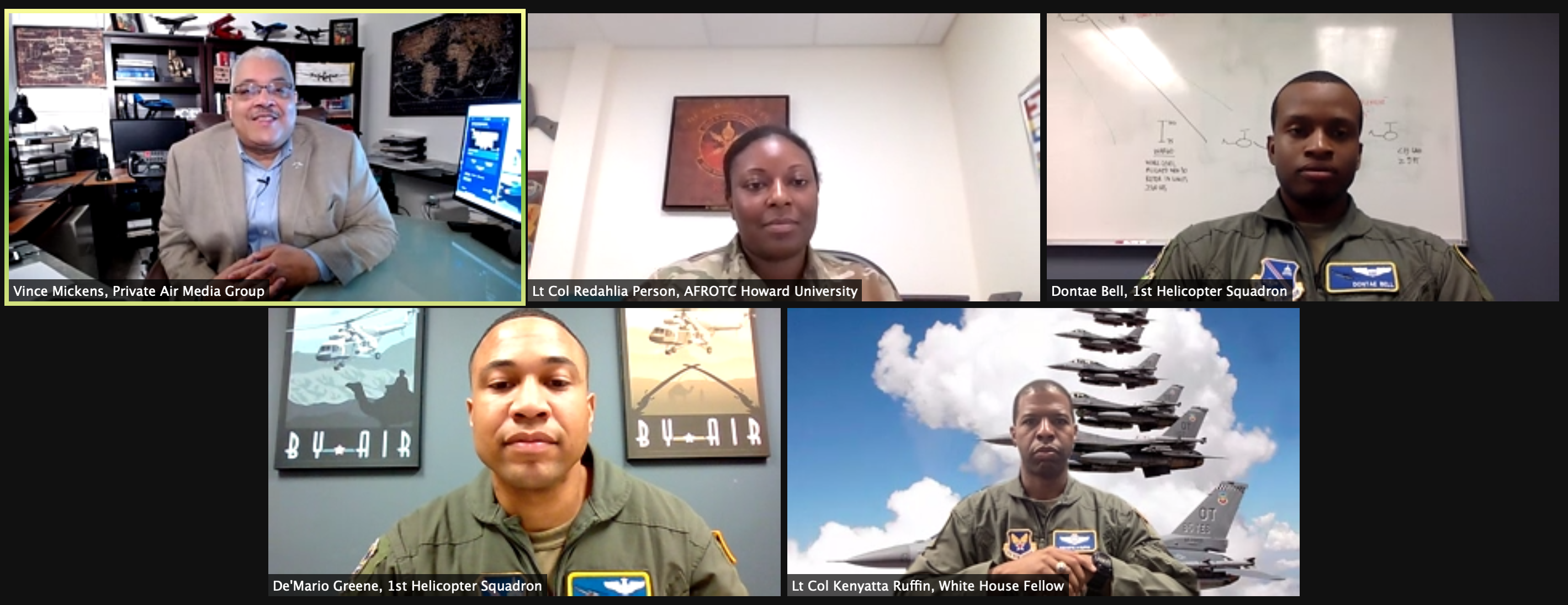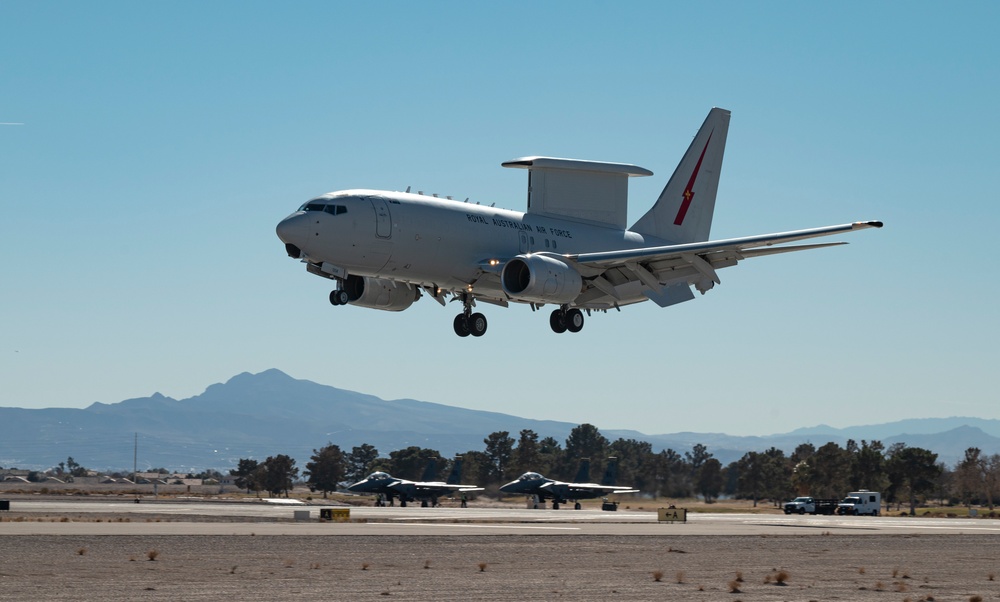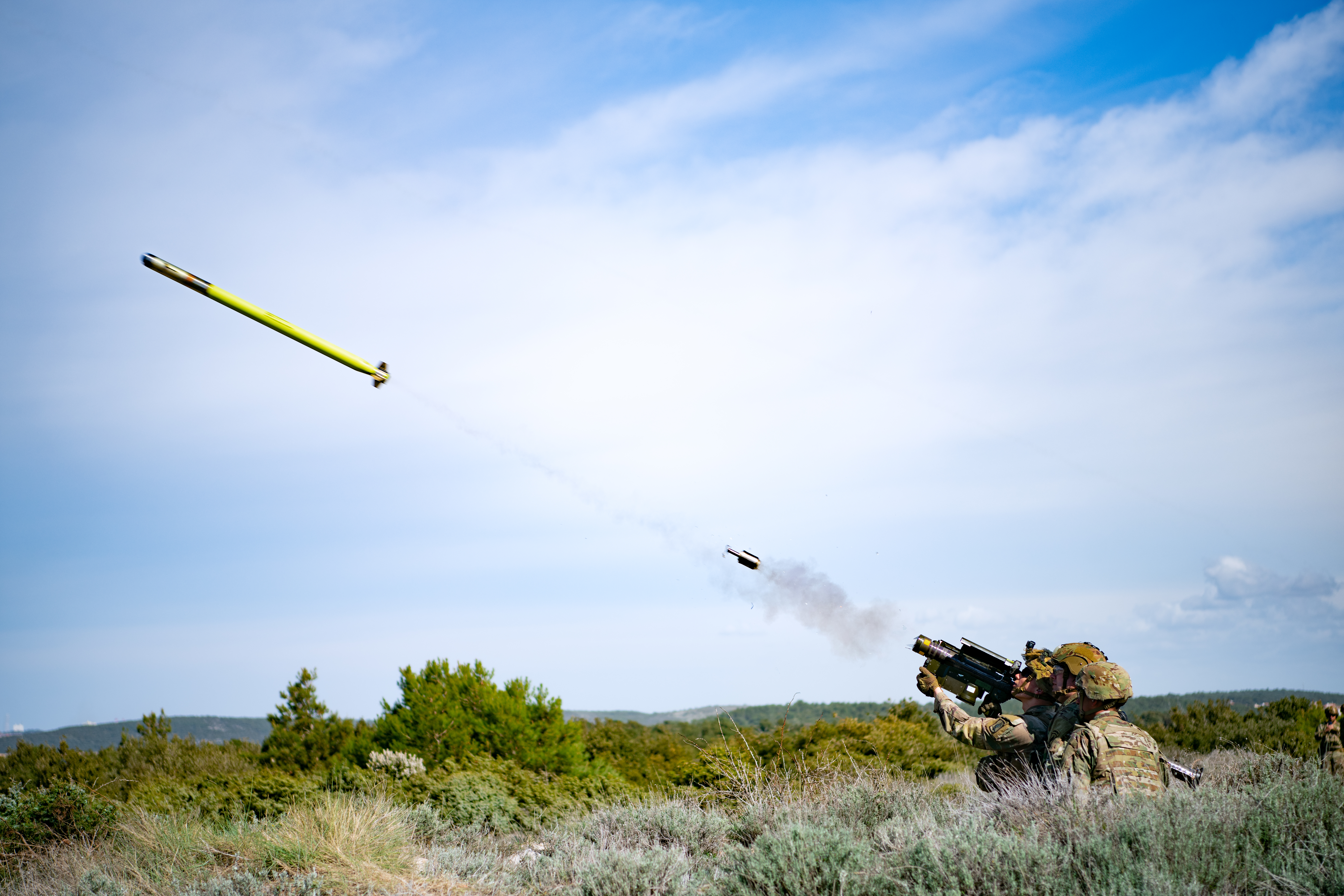President Joe Biden called on Congress on April 28 to pass a supplemental aid package worth $33 billion to replace the nearly-exhausted $3.5 billion Ukraine aid package passed in March. The multi-faceted replenishment includes weapons and humanitarian and economic assistance, and it would deliver $16 billion to the Department of Defense in support of the Ukraine war effort.
“The cost of this fight is not cheap, but caving to aggression is going to be more costly, if we allow it to happen,” Biden said from the White House, referring to Russian President Vladimir Putin’s unprovoked invasion of Ukraine.
In the months that led up to the Feb. 24 invasion, NATO eastern flank allies worried about the buildup of 150,000 Russian troops near their borders. The also worried that Putin—if he were allowed to move unopposed in Ukraine—might attempt to retake countries that were once within the Soviet Union’s sphere of influence.
“We need this bill to support Ukraine in its fight for freedom,” Biden said. “Our NATO allies and our EU partners, they’re going to pay their fair share of the costs as well. But we have to do this. We have to do our part.”
Defense Secretary Lloyd J. Austin III threw his support behind the bill at an afternoon Pentagon press conference alongside his Canadian counterpart.
“The President has now requested $16 billion for the Department of Defense to address Ukraine’s self-defense needs in the crucial weeks ahead,” Austin said.
The defense Secretary said the new package included $6 billion more for the Ukraine Security Assistance Initiative, which procures weapons and systems for Ukraine; $5 billion for additional presidential drawdown authority, which allows for the transfer of material from U.S. stocks; and $5 billion to help pay for security on the NATO eastern flank. Another $4 billion will go to the State Department’s Foreign Military Financing program, which helps Ukraine buy American-made weapons.
Some of the DOD money will create a “critical munitions acquisition fund” for the department to establish a strategic reserve of munitions, including anti-aircraft and anti-tank munitions.
Steady Stream of Weapons to Ukraine
The administration has committed more than $4 billion in defense aid to Ukraine so far, including millions of rounds of ammunition and an ever-increasing litany of weapons targeted to Ukraine’s battlefield needs, including anti-tank Javelin and anti-air Stinger missiles.
Ukraine claimed on April 20 that the weapons have led to heavy Russian losses, including 171 aircraft, 150 helicopters, and 850 tanks. Ukraine also claims that more than 20,000 Russian soldiers have been killed so far.
In the past week, the U.S. aid to Ukraine has included 90 long-range artillery fire 155 mm Howitzers intended for the Donbas front line, a flat terrain in southeastern Ukraine where soldiers in trenches have been pitted against Russian-backed separatists for eight years, since Russia first invaded in 2014 and began to equip separatists. After being pushed back from the capital, Kyiv, where Russia faced logistics and sustainment failures, Putin directed his forces at Russian-speaking eastern and southern Ukraine.
A senior defense official said April 28 that after regrouping, “Russian forces are making slow and uneven, … incremental progress in the Donbas.”
Russia has pounded Ukraine with more than 1,900 missiles to date, including a heavy barrage that has nearly leveled Mariupol, a port city on the Sea of Azov, a key transit point between Russian-occupied Crimea and the Russian border with Ukraine that is now in Russian hands.
Austin met with chiefs of defense and other officials from more than 40 nations April 26 at Ramstein Air Base, Germany, rallying new levels of support and establishing a monthly “Ukraine Contact Group.”
“We’re facilitating the significant flow of weapons and systems to Ukraine from our allies and partners around the world, including tanks, artillery, and other weapons,” Biden said. “Thanks to the aid we provided, Russian forces have been forced to retreat from Kyiv.”
The assistance has included 10 anti-armor systems for every Russian tank on the battlefield, he said.
The President, however, warned that the “drawdown authority,” which allows him to transfer excess U.S. defense material to Ukraine, is running out.
“Basically we’re out of money,” he said. “I’m sending Congress a supplemental budget request that’s going to keep weapons and ammunition flowing without interruption to the brave Ukrainian fighters.”
